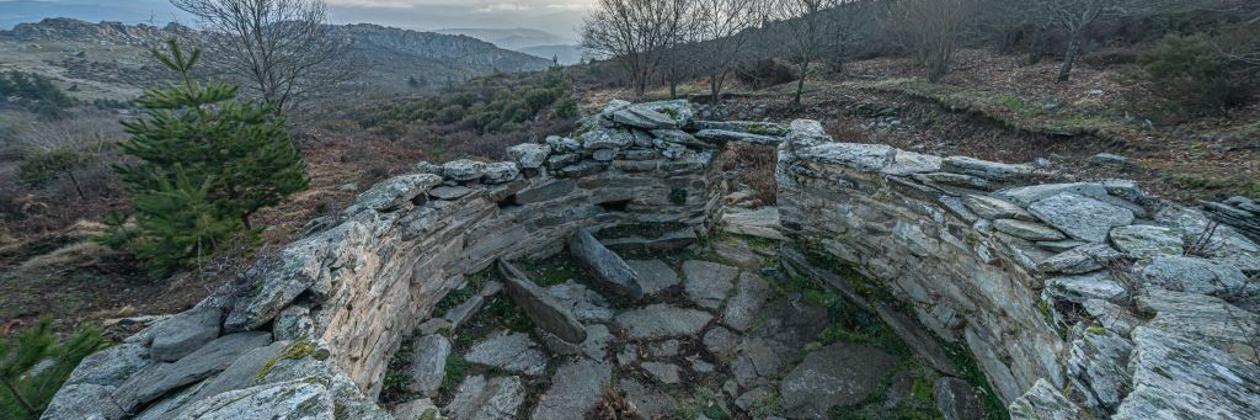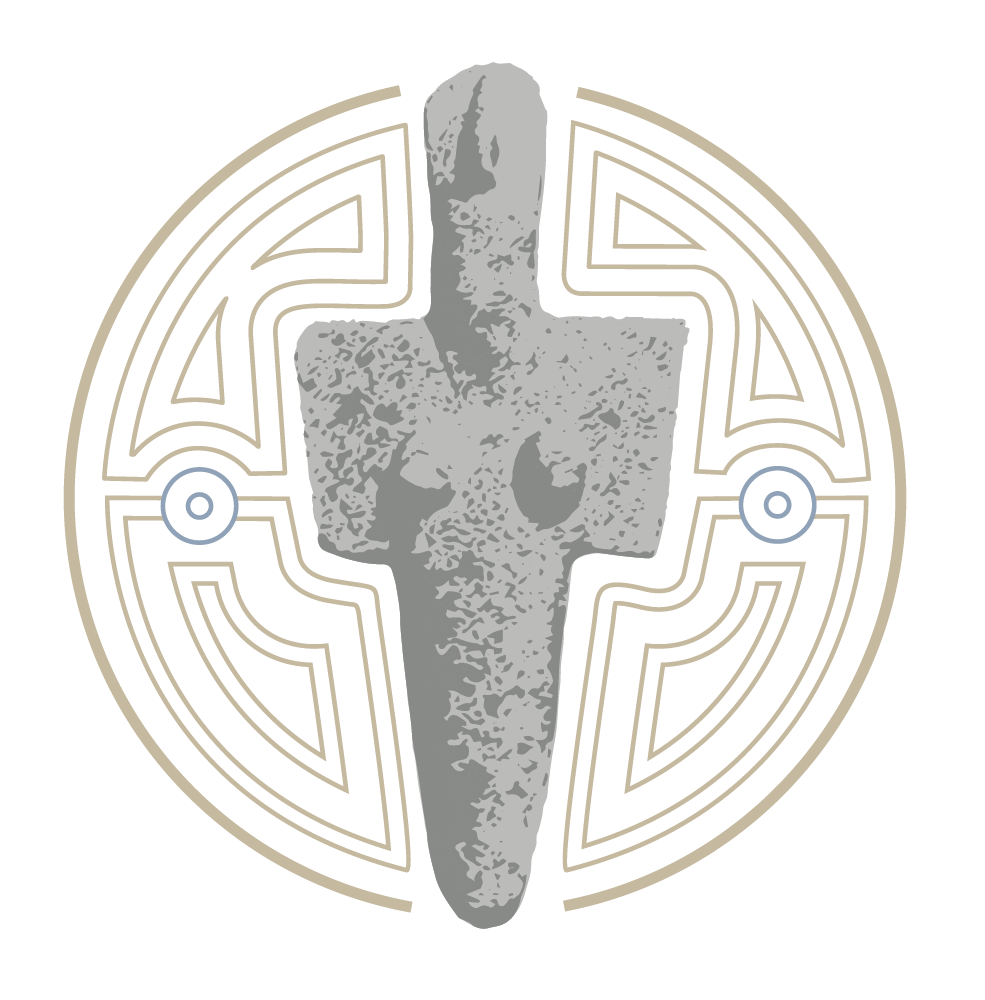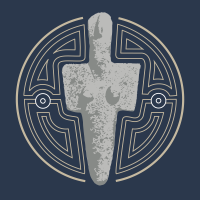What is Nuragic?
WHAT IS NURAGIC?


THE ANCIET CULTURE OF SARDINIA
The nuragic civilization arose in the Early Bronze Age, in approximately the 18th century BC; the name derives from its most characteristic monument: the ‘nuraghe’. We have no idea of how the people who lived in those times referred to themselves.
On the origins of the nuragic peoples, scholars appear to be in fairly good agreement in believing that these peoples did not come from abroad but were the indigenous Sardinians who had in previous ages (the Neolithic and Chalcolithic) created the great prenuragic cultures and who now, following the social and economic transformations made possible by the discovery and use of metals, especially bronze, had evolved towards more complex forms of social organization which led to the creation of an original form of architecture: it is the period which in Western and Mediterranean Europe is known as ‘proto-history’.
RITUALS & CEREMONY
Spiritual practices appear to have been most often related to the dead, connections to the afterlife, and rituals of water, as discovered in the majority of archeological discoveries. Offering Altars, Holy Fountains, Sacred Wells are of the highest importance. The possible hidden beliefs of the magical properties of the water were represented by them.
Inside of the many Nuragic sanctuaries, or the greatest Sacred Well, within which meetings and ceremony of high significance are thought to have been held, possibly with participation from different tribes. Many of the Nuragic's famous Bronzetti statues have been found near these areas, giving credibility to the suspicion that they were left as a form of gratitude during religious rituals, or in hopes of gaining strength or prowess in certain specific life moments.
Tombe dei Giganti (The Giants’ Tombs)
The megalithic graves, commonly referred to as "Giants' Tombs", have been most prevalently found in central Sardinia. These graves were likely the resting place for many people. They were large spaces, extended burial chambers were up to sixty feet and exterior enclosures of nearly ninety feet. It is asserted that the Nuragic people took great care to remain close to their ancestors, believing they had transformed into gods or heroic figures. It is likely they performed rites of ancestral honor. Some people even suspected that they were sleeping near to the tombs for healing or magical purposes. They were adorned with stone art, betyls and other decorative features with spiritual or magical significance. It is widely speculated who were buried within the Giants' Tombs, older tombs were likely used by the general popoplation, while more recent developments may have included smaller, more specific groups or clans.
Domus de Janas ( House of the Fairies)
Domus de janas are evidence of the ancient Sardinia civilization; a culture living in close with Nature. They are an underground burial chamber of the pre-nuragic civilization and the walls of the chambers are often decorated with magical symbols painted in red ochre. Many of them are characterized by stylized bull heads. The chambers found their way into the folklore imagination, the mythology spreading throughout all of Sardinia creating fascinating legends about the supernatural Janas ( Fairies).
According to tradition, the Janas are good fairies or tricksters, coming out from the Domus de Janas (Houses of the Fairies) only at night.


